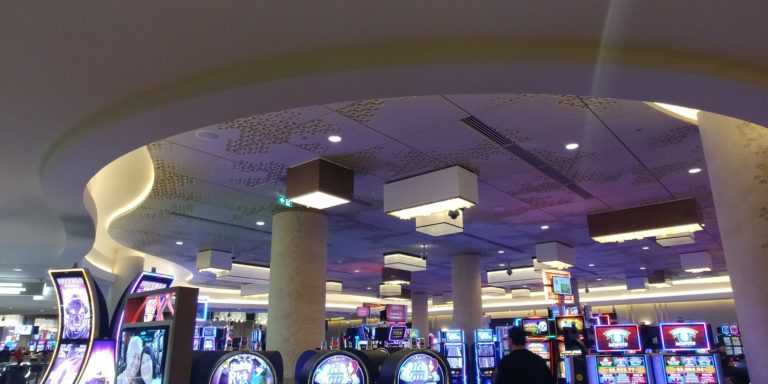Known commonly as GFRG or just GRG, glass-fiber reinforced gypsum is an industrial grade construction material and made out of a careful combination of glass fibers and gypsum. Glass fibers are a popular reinforcement material used to strengthen GFRG without adding unnecessary weight, while gypsum is a strong mineral made up of water, calcium and sulfur, making it structurally part of the same family as alabaster.
Gypsum and other similar materials have been used in countless civilizations for sustainable construction, from ancient Egypt, Mesopotamia, and Rome to the alabaster found in Medieval England’s Nottingham. When these two materials are combined, they make a lightweight and durable building option with countless benefits for the planet.
Friendly Building Materials for the Planet
As we continue to look for new ways to make “green” construction more accessible and common around the planet, GFRG is a fantastic step in that direction as we continue to learn just what it is capable of as a building material. GFRG can be used to aid in a variety of construction projects, including indoor columns, ceilings, trims, molding, and more.
Most importantly, GFRG materials are good for the planet in the long run, with countless different eco-friendly features. A few of the most impactful benefits include:
- Non-Toxic Materials – Both glass fiber and gypsum are considered natural materials with stable properties. This means GFRG is not considered toxic, and the process of its manufacturing does not involve the pollution of the air or water. This is a massive benefit when compared to other construction materials such as clay bricks or traditional concrete.
- Longevity – The durability of GFRG over time means that different construction projects will not need to be restored or repaired as often. This will save on labor, fuel, and energy, as well as resulting in reduced carbon emissions and waste.
- Affordable Transportation – One of the main qualities of GFRG is its lightweight nature. Both the glass fiber and the gypsum are considerably lighter than concrete or other commonly used building materials. The light weight of GFRG results in easier construction methods, but it also means that the cost of transporting these materials will be considerably less. This in turn results in lower carbon emissions and other pollutants usually associated with shipping large quantities of construction materials.
- Thermal Retention – GFRG also has a more effective thermal retention rate than that of many other construction materials. This means that a heating or air conditioning unit will not need to work as hard to effectively cool or heat a property that utilizes a GFRG. This will mean more effective energy conservation and a lower electricity bill.
- All Recyclable Materials – Because of GFRG’s very nature as a construction option made from different aggregates, GFRG can often be developed out of entirely recyclable materials. This further reduces waste rather than causing more of it in the name of environmentally friendly construction.
Whenever your project, the options set before you are clear. GFRG is a sustainable, responsible construction option when looking for ways to save money, manpower, and the planet on a building project. Often the environmentally friendly choice for a large development requires sacrificing some degree of effectiveness or convenience. When it comes to GFRG however, our architectural advancements have allowed us the option of doing the right thing and the smart thing at the same time.


